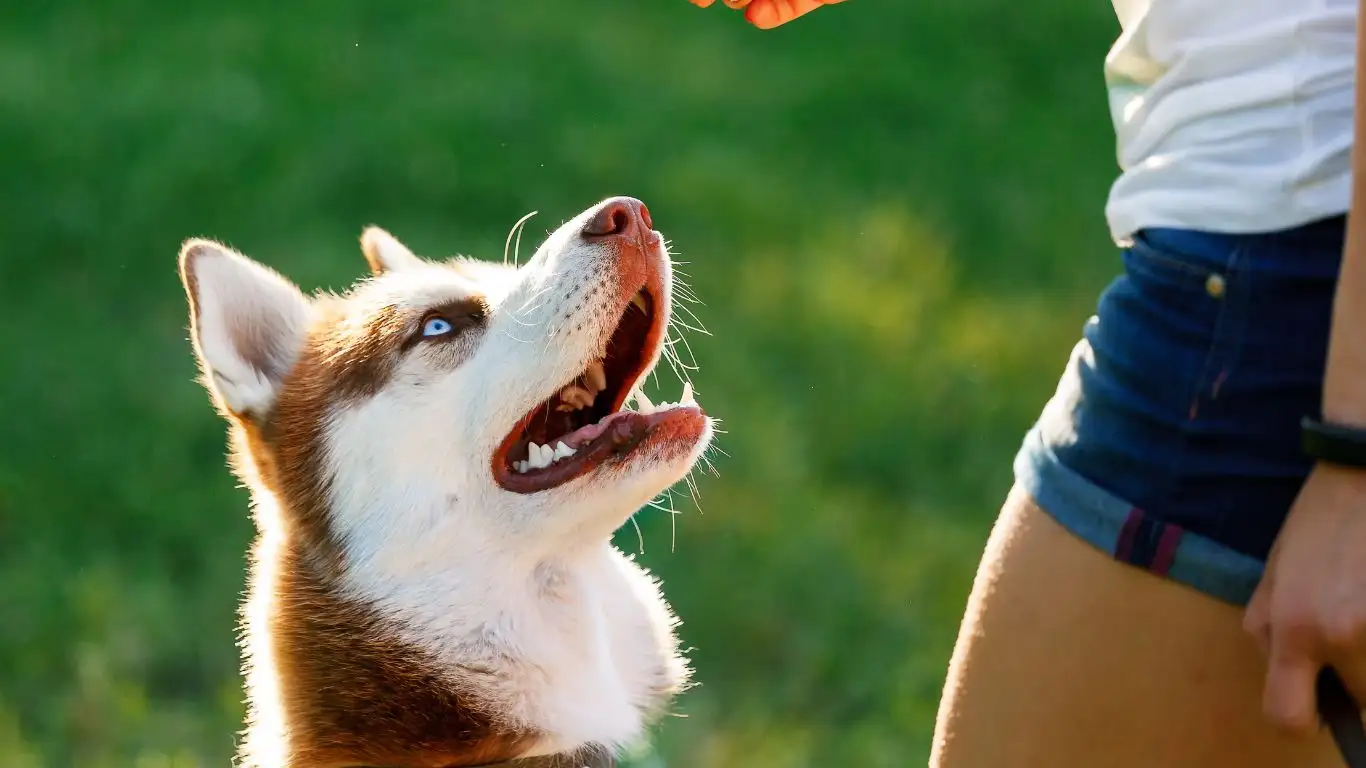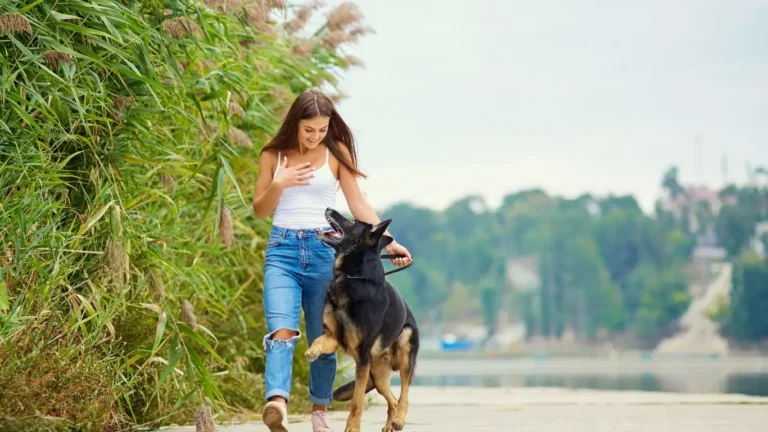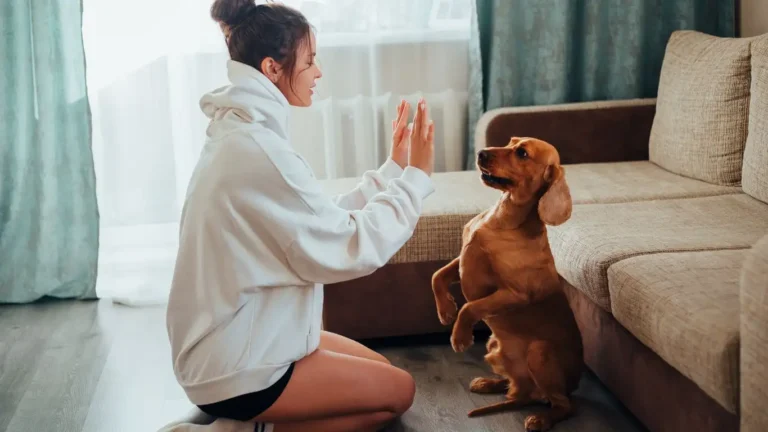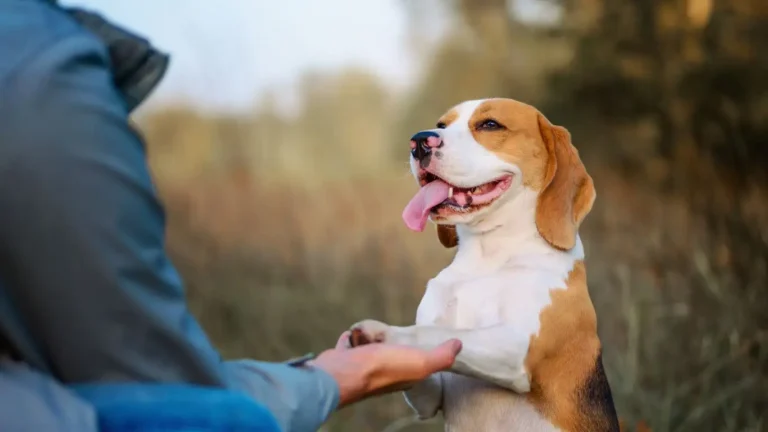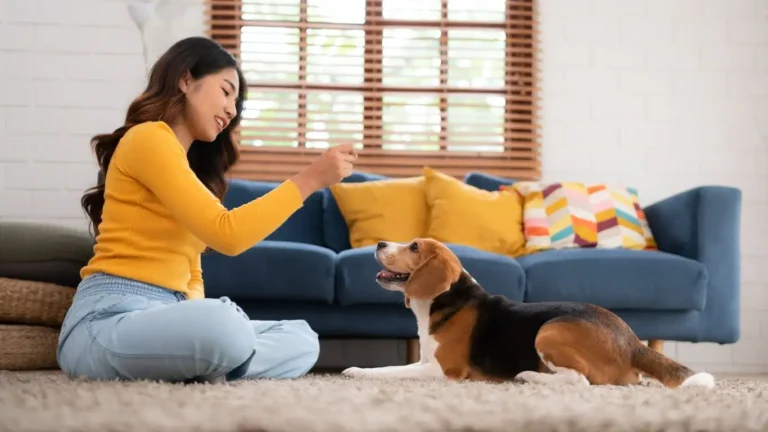Stop Vacuum Chasing: Proven Fixes for Dog Owners Battling Chaos
If you’ve ever googled how to train a dog to stop chasing the vacuum, you’re not alone—and you’re definitely in the right place. As someone who works with therapy dogs daily, I’ve seen this quirky (but exhausting) behavior more times than I can count. The second that vacuum roars to life, your calm, cuddly pup morphs into a four-legged tornado, barking, lunging, and going full “mission mode.” Sound familiar? Trust me, I’ve been there—both professionally and personally—and the good news is, you *can* teach your dog to chill out around the vacuum.
Why Dogs Lose Their Minds Over Vacuums
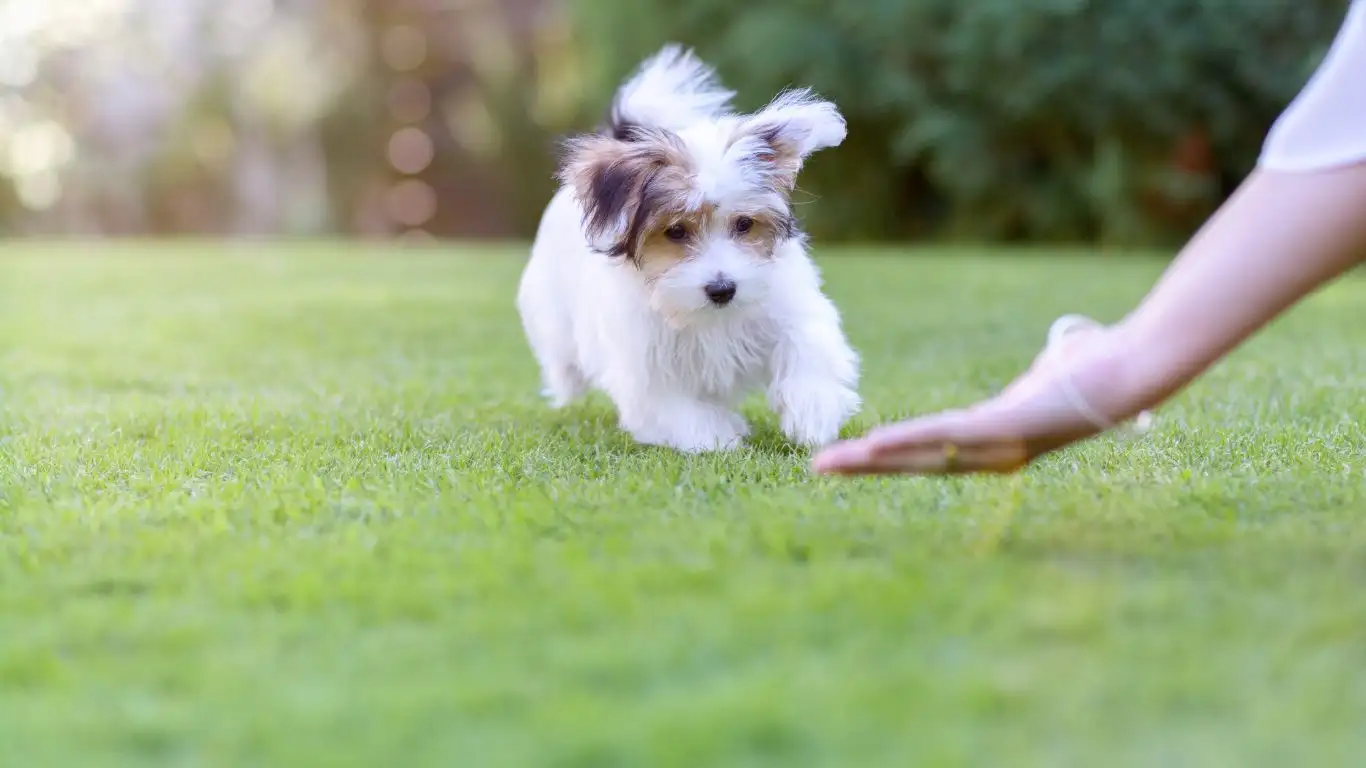
Before we dive into actual training, let’s take a second to think like a dog. Vacuums are loud, unpredictable, and they move around like some kind of wild animal. To your pup, that thing isn’t just annoying—it’s a threat or a weird creature invading their territory.
From my experience working with dogs in therapy settings, it’s clear that this kind of reactivity isn’t about “bad behavior”—it’s about instinct and emotion. Some dogs want to protect you from this noisy beast. Others might think it’s a game. Either way, understanding why your dog reacts this way is the first step to helping them unlearn it.
What NOT to Do When Your Dog Chases the Vacuum
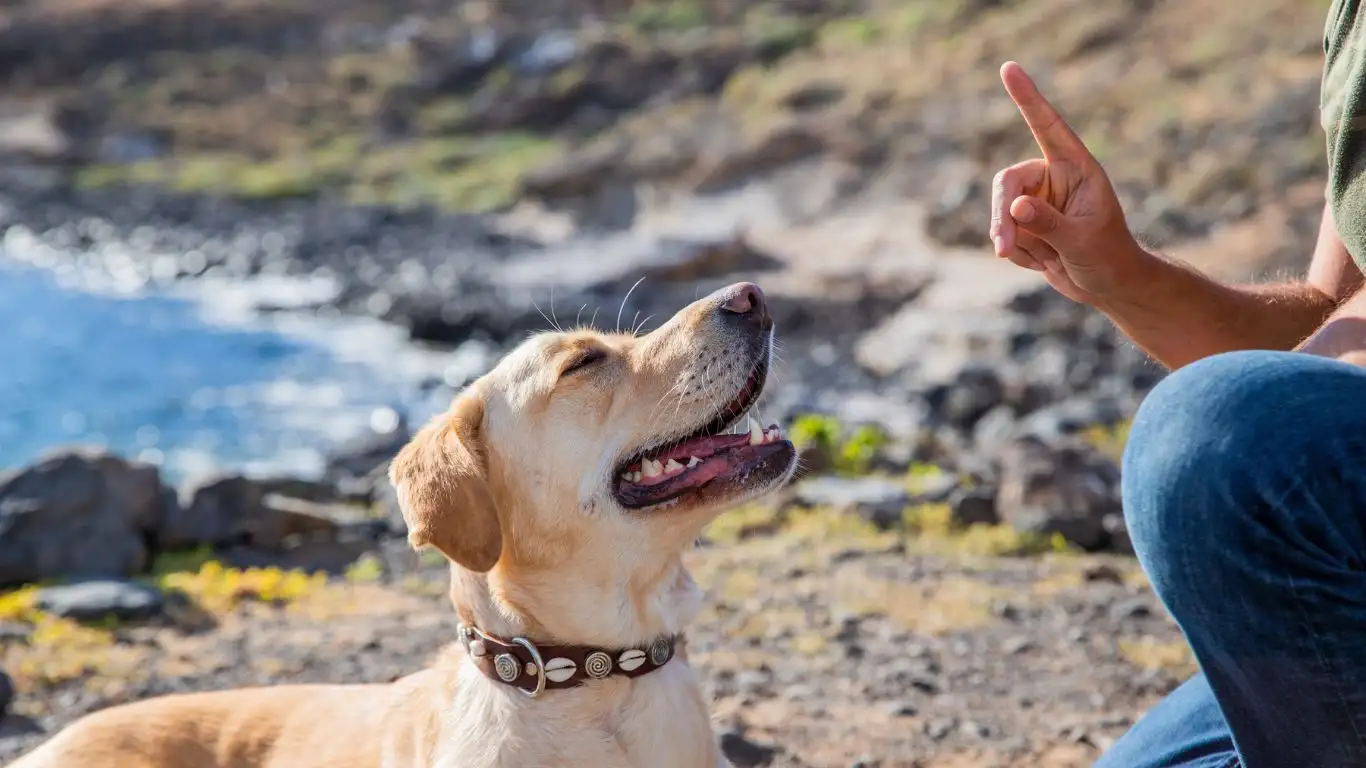
Let me just get this out of the way: yelling at your dog mid-vacuum freakout? Yeah, it doesn’t help. All that does is add more noise and more stress. I’ve seen loving dog parents accidentally make things worse by trying to scold or physically remove the dog in the moment. It can damage trust or even escalate the behavior.
Here’s what else to avoid:
- Don’t use punishment-based methods. These increase anxiety and can make vacuum time even more traumatic.
- Don’t let the dog “chase it out.” That only reinforces the behavior.
- Avoid springing the vacuum on them without warning. This triggers that fight-or-flight mode instantly.
Instead of reacting to their reaction, we want to work proactively and teach a different association. That’s where positive reinforcement comes in—and that’s where the real change happens.
Step-by-Step: How to Train a Dog to Stop Chasing the Vacuum
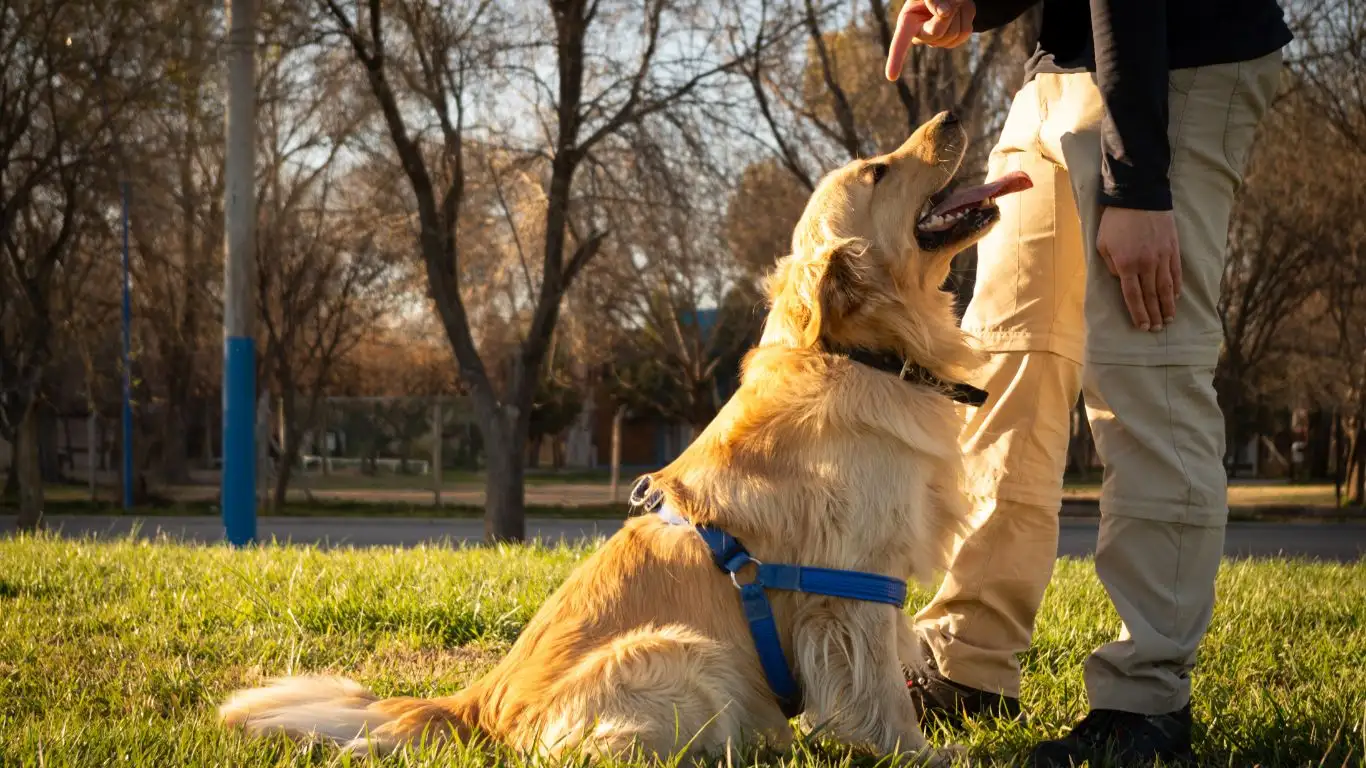
Step 1: Introduce the Vacuum as a Non-Threat
Start with the vacuum turned off and parked in the middle of a neutral space—like the living room. Let your dog sniff it, observe it, and do their usual curious investigation. The goal here is simple: neutral exposure.
Here’s how I do this with my therapy trainees:
- Place the vacuum in the room, completely off.
- Sit nearby with your dog and give them calm praise and high-value treats whenever they look at it without reacting.
- Let them approach it on their own terms. No forcing.
Repeat this for a few days until your dog barely notices it or even lays down near it. That’s when you know you’ve made some progress.
Step 2: Desensitize with Sound Only
This is where things get interesting. Using just the noise—without the movement—starts to peel away the fear or excitement layer. I usually use a recording of the vacuum first, played at a low volume on my phone or a speaker. You could also turn the vacuum on in a separate room with the door cracked.
The key here is to pair the sound with something positive—a favorite chew, playtime, or food puzzle.
- Start at low volume or far distance.
- Gradually increase exposure over a few sessions.
- If your dog starts reacting, back up a step—don’t push it.
Progress isn’t linear. I’ve had pups that needed two weeks at this step, and others that cruised through in two days. The most important thing? Go at your dog’s pace. You’re building confidence, not checking off a box.
Step 3: Add Movement – Slowly
Once your dog is cool with the vacuum’s presence and sound, it’s time to add motion into the mix. This is where a lot of dogs start to get twitchy again, so take it *super* slow. What’s worked well for me—especially with high-strung or reactive therapy dogs—is this simple process:
- Turn the vacuum on in a different room where your dog can hear it but not see it.
- Once they’re calm with that, bring the vacuum into view but keep it stationary.
- Now, start moving it a few inches at a time while offering rewards and calm praise.
One of my golden retrievers, Bella, used to lunge every time I so much as reached for the vacuum handle. But by taking this in baby steps and pairing every tiny success with her favorite freeze-dried liver treats, she slowly started associating the motion with good things. Eventually, she’d just chill on her bed while I vacuumed nearby.
Training Your Dog to “Place” or Stay Calm During Vacuum Time
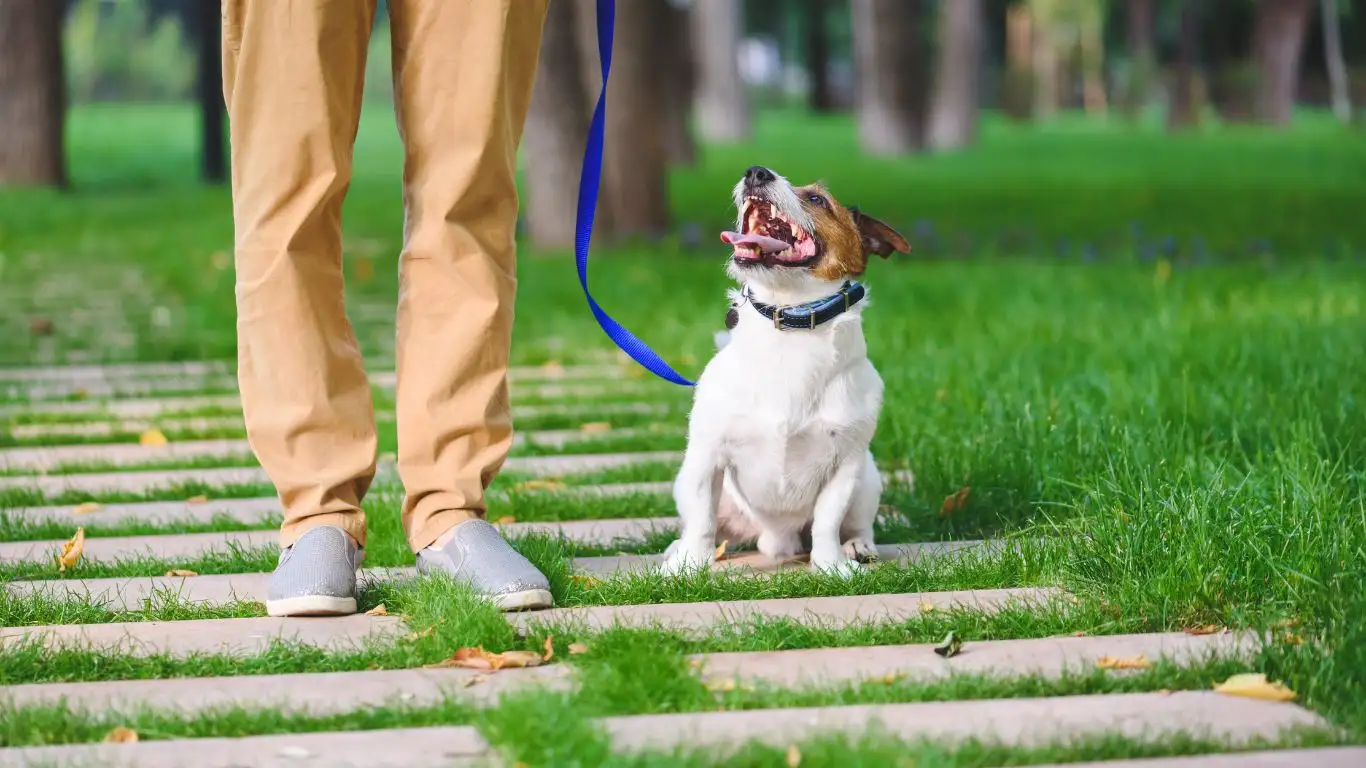
This is one of my favorite techniques—not just for vacuum reactivity but for all kinds of overexcitement. Teaching your dog to go to a specific “place” (like a mat, bed, or designated corner) and stay there can give them a predictable job to focus on during vacuuming.
How to Train the Place Command
- Pick a mat or comfy bed that’s easy to move around.
- Guide your dog onto it and reward them for standing or sitting on it.
- Add a cue word like “Place” or “Go to your spot.”
- Start adding duration and distractions slowly.
With my therapy dog-in-training, Nico, I made a game out of it. I’d toss a treat on the mat, wait for him to settle, then vacuum a few feet away. If he stayed calm, jackpot—he got a bunch more treats. If he jumped up, I just reset and tried again later. No pressure, just practice.
Bonus Tip: Use the Vacuum as a Training Tool
Yep, you read that right. Once your dog’s a little more confident, use the vacuum’s presence as part of your regular training routine. Ask for sits, downs, stays—reward like crazy when they obey even with the vacuum running nearby. It turns something scary into just another backdrop to learning.
Using Enrichment to Reduce Vacuum Reactivity
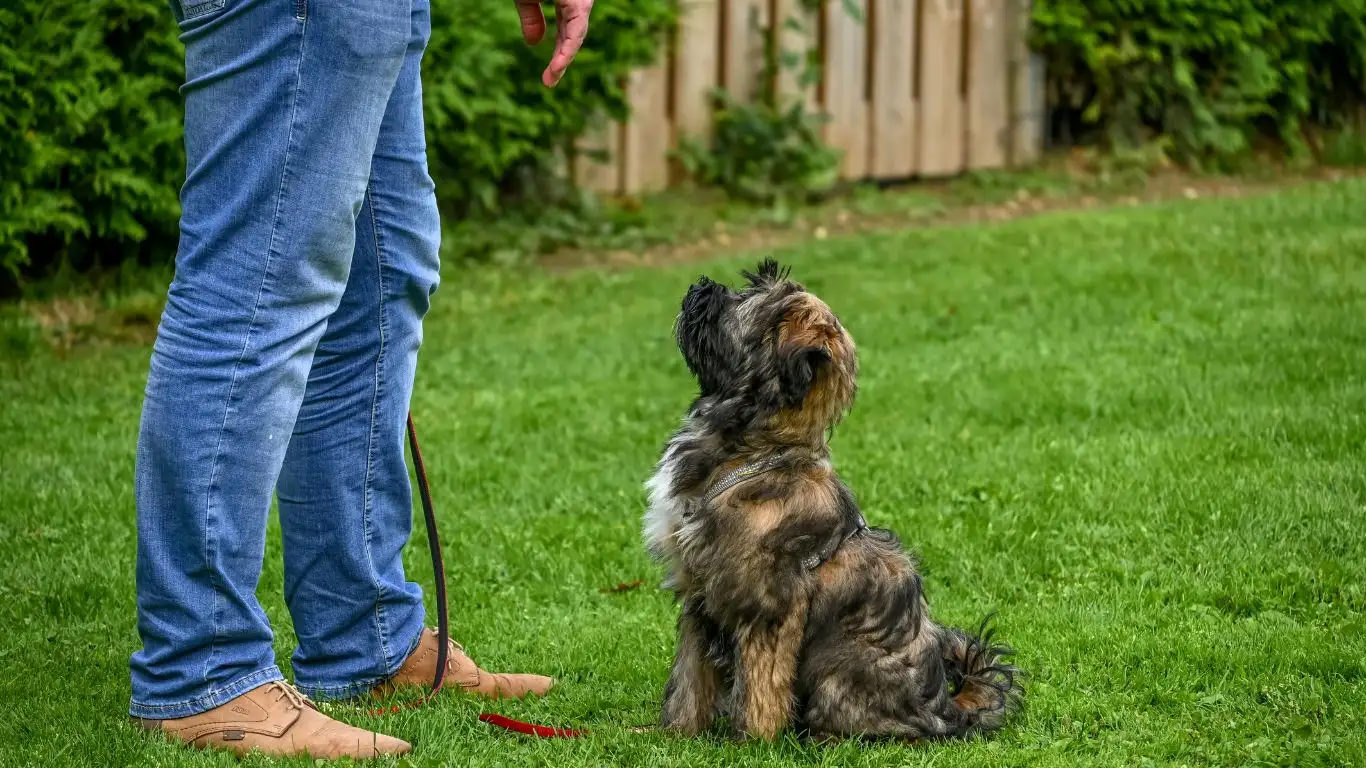
Another strategy I swear by—especially on busy cleaning days—is making sure your dog’s mental and physical needs are already met before the vacuum comes out. A bored or under-exercised dog is way more likely to act out, chase, or bark at things like vacuums.
Here’s what I typically do with my more excitable dogs before vacuum time:
- Take them on a short walk or play fetch for 10-15 minutes.
- Give them a food puzzle, snuffle mat, or frozen Kong to work on.
- Play a quick training game—5 minutes of focus work goes a long way.
Keeping their brain engaged = fewer reactions. I’ve had great success using this exact combo with rescue dogs who used to panic the moment I touched the vacuum cord.
When to Call in a Pro
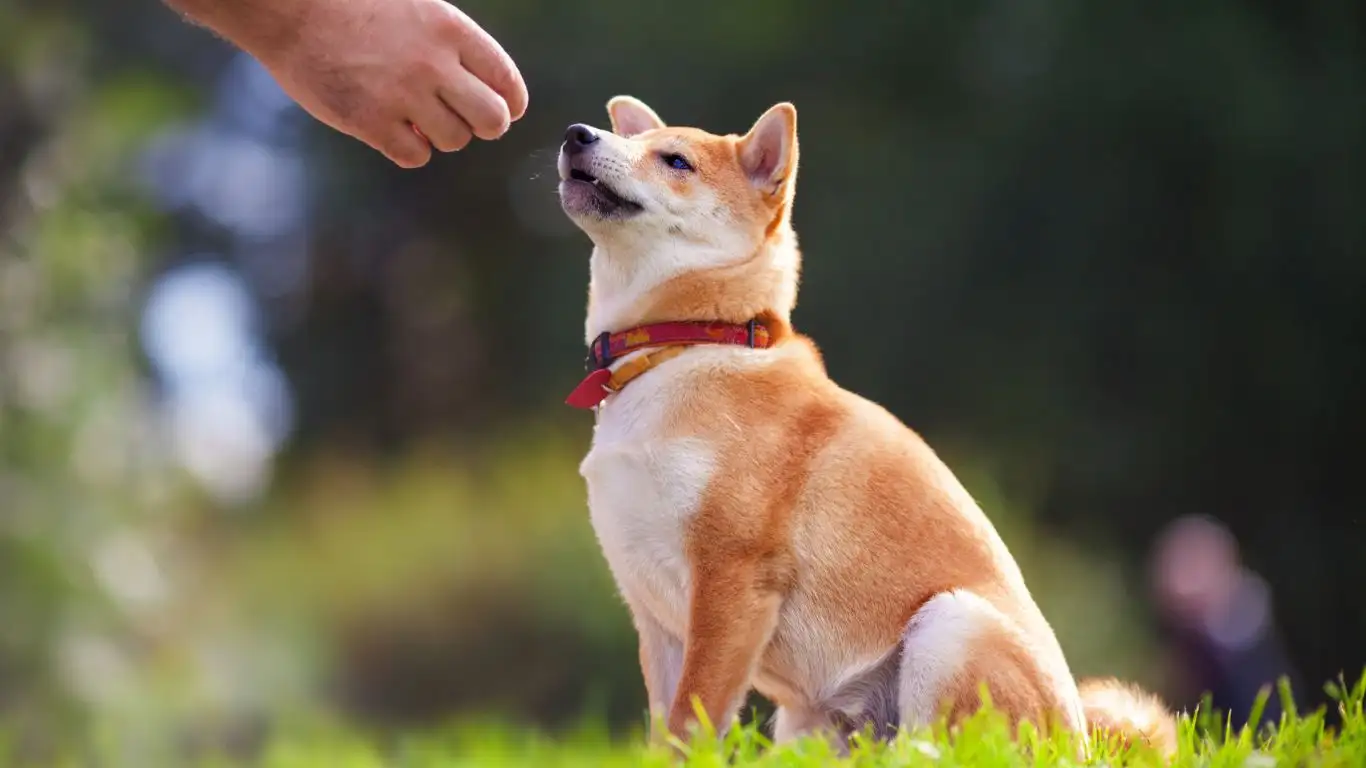
Sometimes, despite our best efforts, a dog’s fear or obsession with the vacuum is too intense to handle solo. There’s no shame in bringing in a certified trainer—especially one who uses force-free, positive reinforcement methods.
In my role as a Canine-Assisted Therapy Trainer, I’ve worked with dogs who had deep-seated noise sensitivity or trauma-related behavior. And I’ll be honest, a lot of progress only happened after collaborating with a behaviorist or a CPDT-KA certified trainer. It doesn’t mean you’ve failed—it means you care enough to get your dog the right kind of help.
So how do you know it’s time to call a pro? Look out for signs like:
- Extreme anxiety (pacing, drooling, hiding under furniture)
- Aggression or growling near the vacuum
- Escalating behavior despite gentle training
- General fearfulness around household noises or objects
When in doubt, get a consult. A little expert insight can save you months of frustration and stress—for both you and your dog.
Managing Expectations and Celebrating Progress

Now that you’ve got the tools to train your dog to stop chasing the vacuum, here’s something I always remind my clients (and myself): progress looks different for every dog. Some pups might learn to calmly snooze through vacuuming in a week. Others? Might take a month or two—and that’s totally okay.
When I was working with Jasper, a rescue border collie mix, I honestly thought we’d never get there. He would launch himself at the vacuum like it owed him money. But we took our time, followed the steps, and celebrated the small wins. One day, he sat in his crate watching me vacuum with a treat-stuffed Kong—and that was his version of a gold medal moment.
So don’t get discouraged if your dog backslides occasionally or seems to plateau. Training isn’t a straight line. What matters is the overall direction. Keep your sessions short, positive, and consistent—and make a big deal out of their victories, no matter how small.
Other Helpful Tools and Tricks
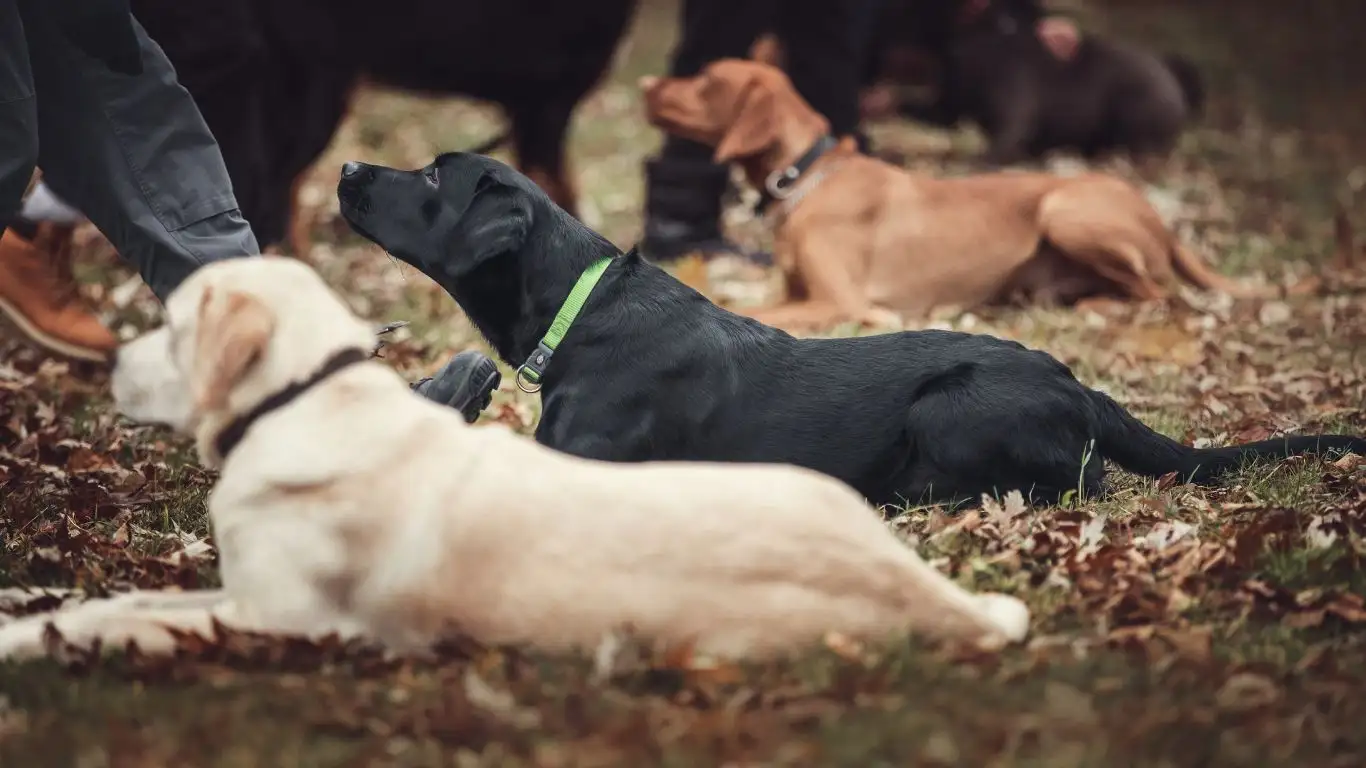
As a Canine-Assisted Therapy Trainer, I lean on a few go-to tools to support this kind of behavior work. While none of these are magic fixes, they can make the process smoother when used with intention and care.
Clicker Training
If your dog already knows clicker training, use it to mark calm behavior during vacuum exposure. That clear sound + reward combo helps solidify what you want faster than verbal praise alone.
White Noise or Calming Music
Some dogs are extra sensitive to vacuum pitch. Playing white noise or calming dog-friendly music (yes, that’s a thing) can help muffle the sound and reduce stress. I’ve even used it in therapy dog prep when working in noisy environments.
Desensitization Mats or Lick Pads
Stick a peanut butter-covered lick mat on the fridge or tile wall across the room while you vacuum. This keeps your pup mentally occupied and helps build a positive association. Bonus: licking is a naturally soothing activity for dogs.
Real Talk: Why This Training Matters
I know, vacuum reactivity might seem like a small thing in the big picture. But here’s the deal: when your dog is reacting with fear or overexcitement, it’s not just inconvenient—it’s emotionally stressful for them. That stress can spill over into other parts of their life and behavior. And as someone who works with therapy dogs, I’ve seen how these “little” triggers can get in the way of much bigger goals like building confidence, trust, and stability.
Helping your dog feel safe and calm around the vacuum isn’t just about keeping your floors clean—it’s about strengthening your communication, increasing your dog’s coping skills, and creating a home environment where they feel safe. And in the long run, that’s what sets the stage for a well-balanced dog, whether they’re a family pet or a certified therapy companion.
Final Thoughts: Be Patient, Stay Consistent, and Lean on Community
If I could wrap this whole process into one takeaway, it would be this: you’re not training a reaction—you’re building trust. Your dog is looking to you to show them that this loud, rumbling thing isn’t a threat. That takes time, consistency, and a whole lot of treats.
Don’t be afraid to lean on resources like positive reinforcement trainers, canine behaviorists, and even online communities where people are going through the same journey. You’re not alone in this.
And hey—if I can get a high-strung shepherd mix and a vacuum-phobic pug to co-exist with a Dyson… you can, too.
Helpful Resources
- https://positively.com – Great articles and videos on force-free training methods.
- https://fearfreepets.com – Focuses on reducing fear, anxiety, and stress in pets.
- https://apdt.com – Find a certified dog trainer in your area.
Disclaimer
The information in this article is based on my personal and professional experience as a Canine-Assisted Therapy Trainer and is meant for general educational purposes only. Every dog is unique, and what works for one may not work for another. If your dog shows signs of severe anxiety, aggression, or escalating behavior, consult a certified dog trainer or veterinary behaviorist for individualized support.
